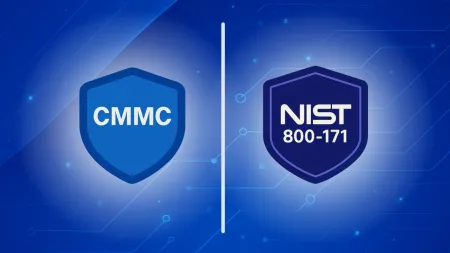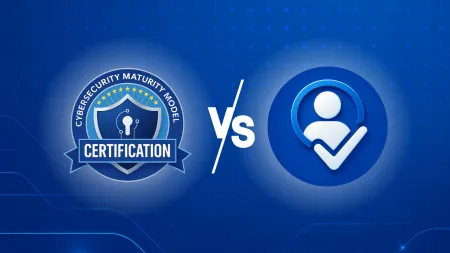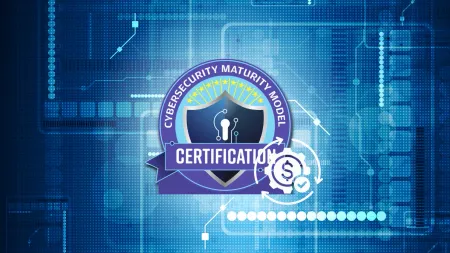Living with Lync: Are you Paying for Redundant Redundancy?
stylefontsize 10ptKnowing where to spend your Unified Communications dollars shouldnt involve just rolling the dice While your optio...

Knowing where to spend your Unified Communications dollars shouldn’t involve just rolling the dice. While your options for redundancy are varied, not every opportunity will be a logical fit for your organization. Let Agile IT alleviate your concerns, and help you decide exactly where to spend your UC dollars to maximize your protection.

This article excerpt, by Kevin Kieller, originally appeared here: https://ubm.io/1kBRKQo
Redundancy for any UC solution, including Lync, is important. Redundancy is the provision of additional or duplicate machinery parts, systems, equipment, etc., that function in case an operating part or system fails, so that the entire system does not go down. Sounds good. However, another definition for redundancy is something that provides superfluous repetition or overlapping function. This sounds definitely less good.
When you implement more than the required redundancy, i.e. superfluous components, you both create a more complicated support environment and waste money.
Without asking and understanding the answers to some key business questions, even the most experienced Lync architect cannot make the right decisions related to redundancy, and this is specifically what leads to an over-engineered and overly expensive solution. An over-engineered solution costs you more in two ways: first in the initial deployment costs and second in higher ongoing operational and maintenance costs.
You can make better redundancy decisions by asking yourself some key business questions:
1. Does work need to happen at the office? If not, in the event of a WAN failure, employees could work from home or another location (e.g. a coffee shop with Wi-Fi) or, for some professional services businesses, from a client site. If employees can work effectively from other locations, local voice redundancy and WAN redundancy may be a lower priority.
2. If physical access to the office is unavailable or branch office equipment has failed (which has happened recently in the case of some major flooding incidents), do I need employees to complete their work from an alternative location? If the answer is yes, this may point to reduced local equipment deployment.
3. If voice services are available in a branch office but no connection is available to the applications in the data center, can effective work still be done at the branch site? If the answer is no, this may point to reduced local voice resiliency requirements.
4. If local Lync voice services are available but the Lync voice services provided from the data center are not available (typically conferencing, response groups, voicemail), is this an effective work environment?
5. Would mobile phones (with sim ring for inbound calls) provide a sufficient level of voice service redundancy?
6. How can we meet desired or regulated 911 requirements? In answering this question, make sure you understand and document any legal requirements—they vary depending on geographies.
Answers to Questions Lead to Good Decisions
As with most UC architecture and design decisions, there is often no one right answer that applies to all situations. However, there is a best answer based on the specific business requirements that define your specific situation; asking the right questions to uncover these business requirements is a necessary first step. Balancing options against your specific business priorities is key to investing your UC dollars wisely.





